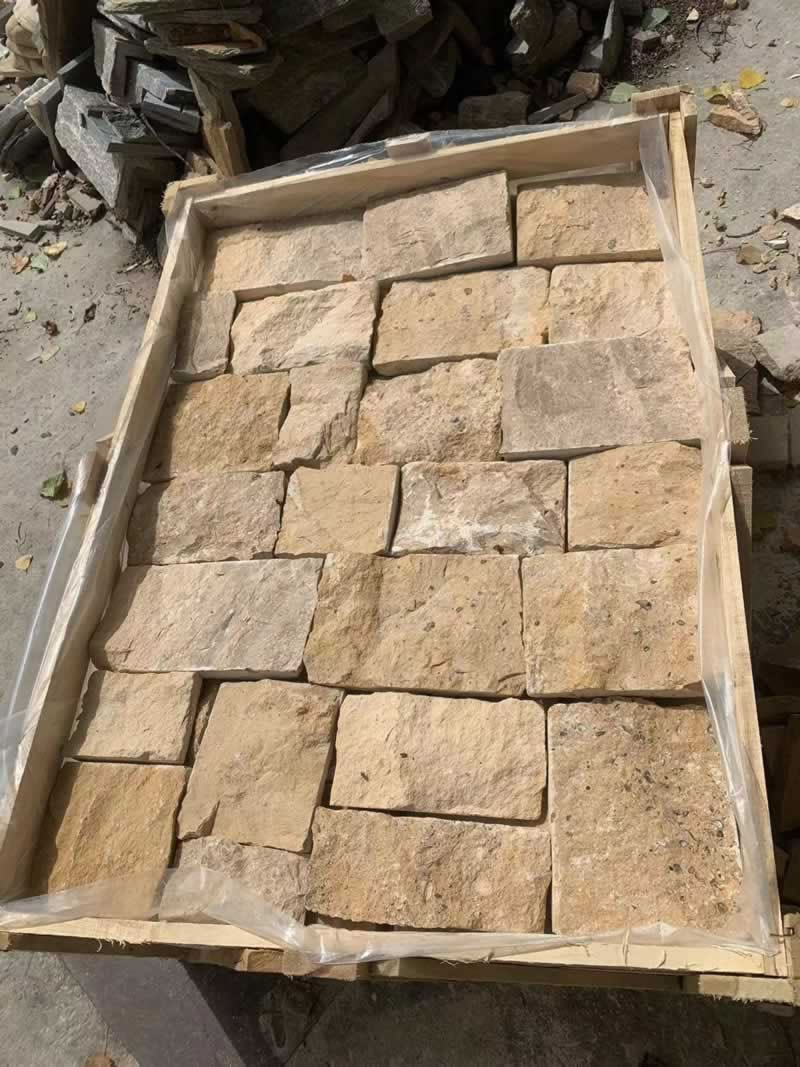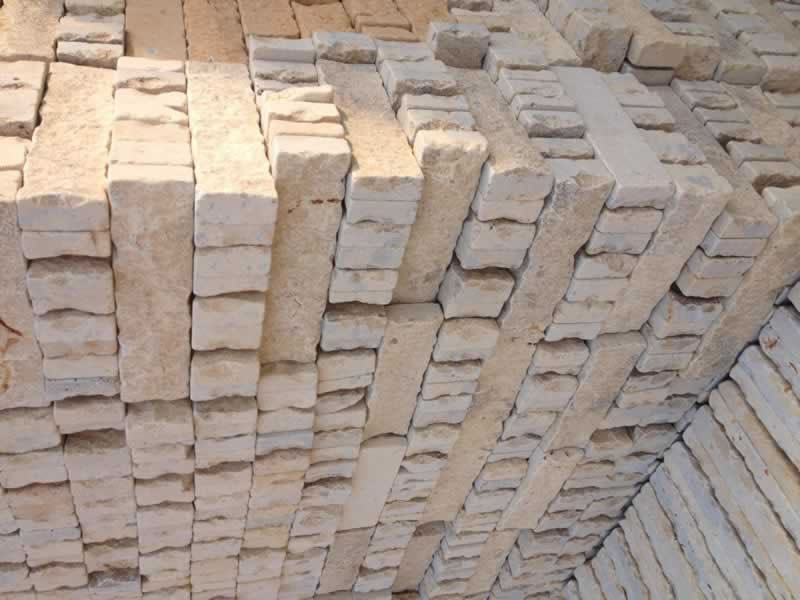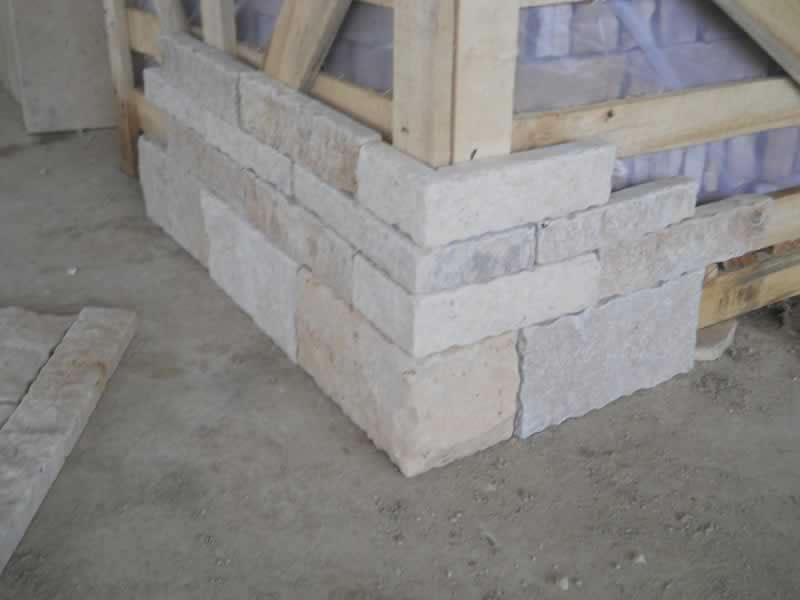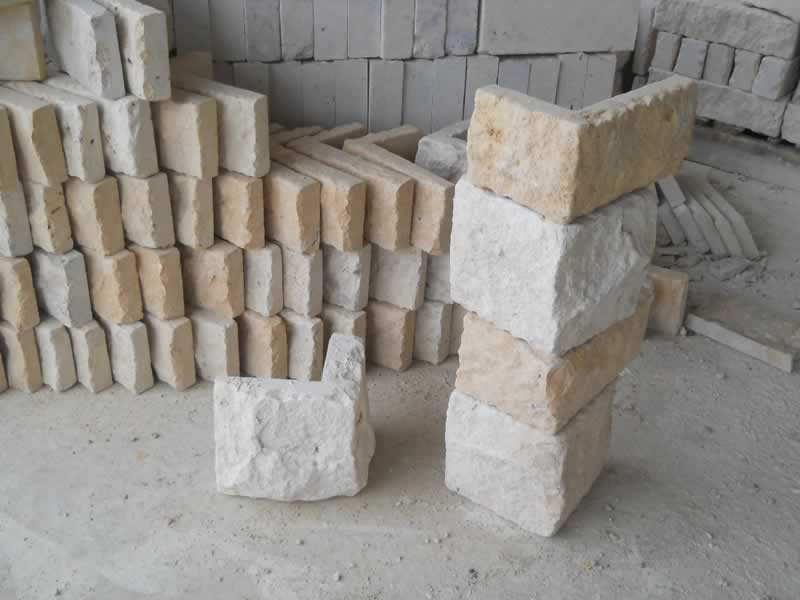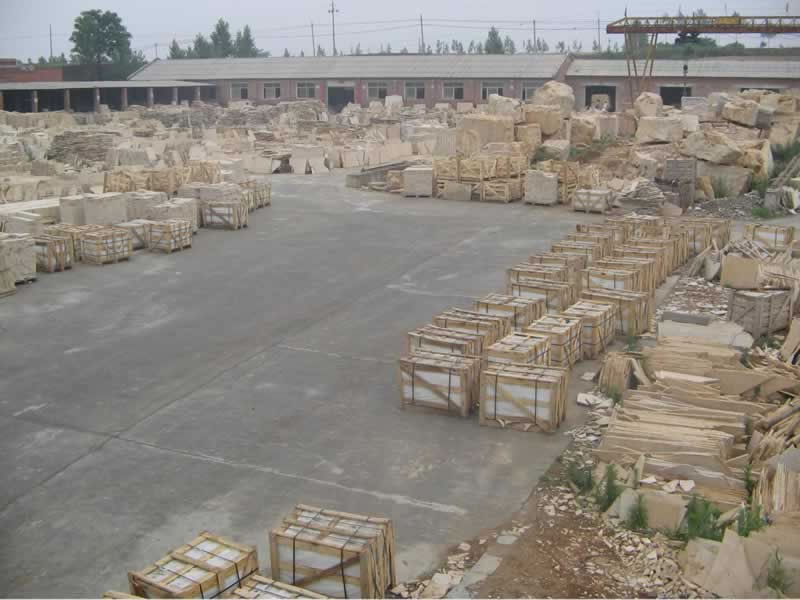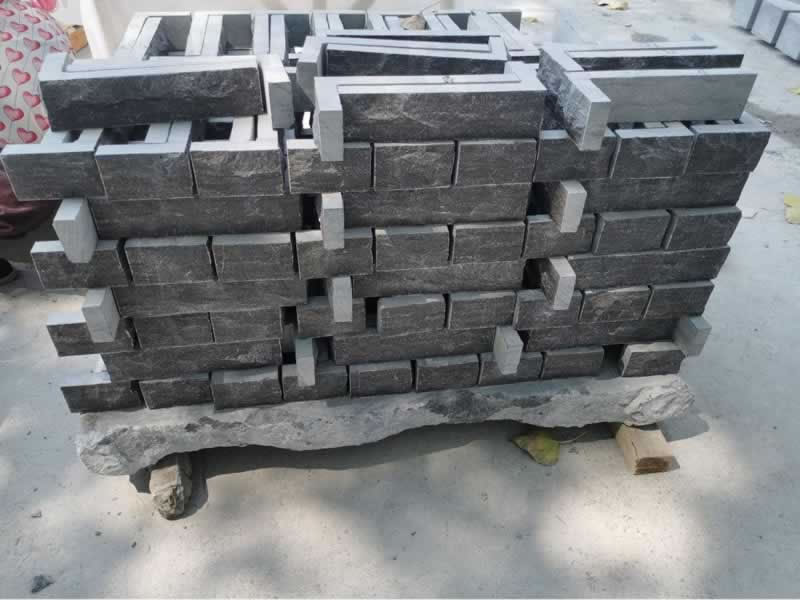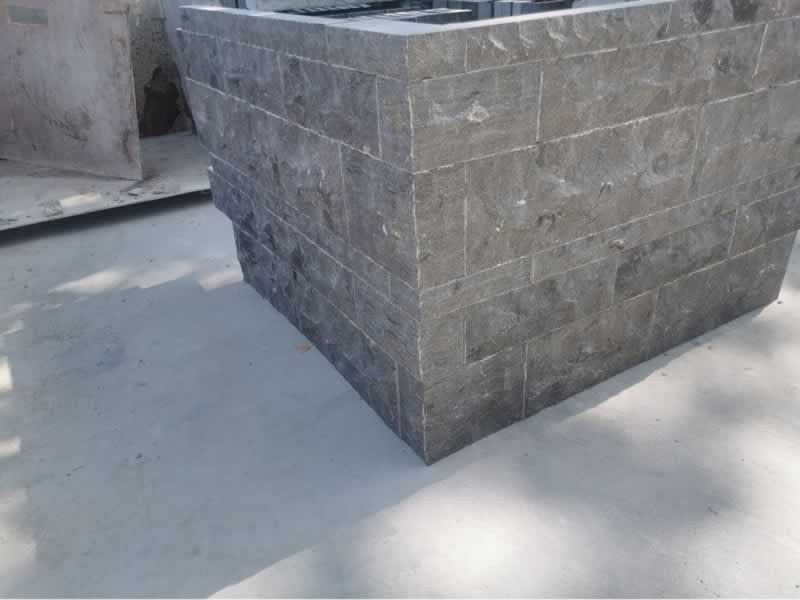Natural limestone blocks are a popular building material known for their durability, aesthetic appeal, and versatility. Here’s a detailed overview:
1. Characteristics of Natural Limestone Blocks
-
Composition: Primarily calcium carbonate (CaCO₃), formed from sedimentary deposits of shells, coral, and marine organisms.
-
Color: Varies from white, cream, beige, gray, to yellow or tan, depending on impurities and mineral content.
-
Texture: Can range from fine-grained to coarse, depending on the formation process.
-
Density: Generally softer than granite but harder than sandstone, making it workable yet durable.
2. Types of Limestone Blocks
-
Dimensional Limestone Blocks: Cut into precise shapes for construction (e.g., walls, facades, flooring).
-
Rubble Limestone: Rough, irregular blocks used for rustic or traditional masonry.
-
Carved Limestone: Used for decorative elements like sculptures, columns, and moldings.
-
Reconstituted Limestone: Made from crushed limestone mixed with binder for uniform appearance.
3. Common Uses
-
Building Construction: Walls, foundations, and structural elements.
-
Cladding & Facades: Adds a natural, elegant look to exteriors.
-
Landscaping: Retaining walls, garden edging, and paving.
-
Monuments & Sculptures: Due to its workability and classic appearance.
-
Interior Design: Flooring, fireplaces, and countertops (when sealed).
4. Advantages
-
Aesthetic Appeal: Timeless, natural look with unique variations.
-
Durability: Resistant to weathering when properly maintained.
-
Thermal Properties: Provides good insulation.
-
Sustainability: Naturally abundant and recyclable.
5. Disadvantages
-
Porosity: Absorbs water, making it prone to staining and erosion if unsealed.
-
Softness: Can scratch or wear over time compared to harder stones like granite.
-
Maintenance: Requires sealing to prevent moisture damage and efflorescence.
6. Sourcing & Selection Tips
-
Quarry Locations: Major sources include the U.S. (Indiana Limestone), France, Italy, and the Middle East.
-
Grades: Select based on density, color consistency, and intended use.
-
Finish Options: Honed, polished, tumbled, or split-faced for different textures.
7. Maintenance & Care
-
Sealing: Apply a penetrating sealer to protect against moisture.
-
Cleaning: Use pH-neutral cleaners; avoid acids (vinegar, citrus) that can etch the surface.
-
Repairs: Minor chips can be filled with limestone-compatible epoxy.
8. Cost Considerations
-
Prices vary based on quality, origin, and finish (~$10–$50 per sq. ft. for tiles; blocks may be priced per ton or cubic foot).
-
Custom cuts and rare colors increase costs.
9. Environmental Impact
-
Low-energy processing compared to synthetic materials.
-
Biodegradable and reusable, but quarrying can impact local ecosystems.
10. Alternatives
-
Sandstone: Softer, more porous.
-
Granite: Harder, less porous, but more expensive.
-
Cast Stone: Manufactured alternative with consistent appearance.

